ARTICLE AD BOX
Last Updated:October 21, 2025, 13:48 IST
Bawana topped the list with an AQI of 427, followed closely by Wazirpur, Alipur, and Jahangirpuri—all in the "severe" category.
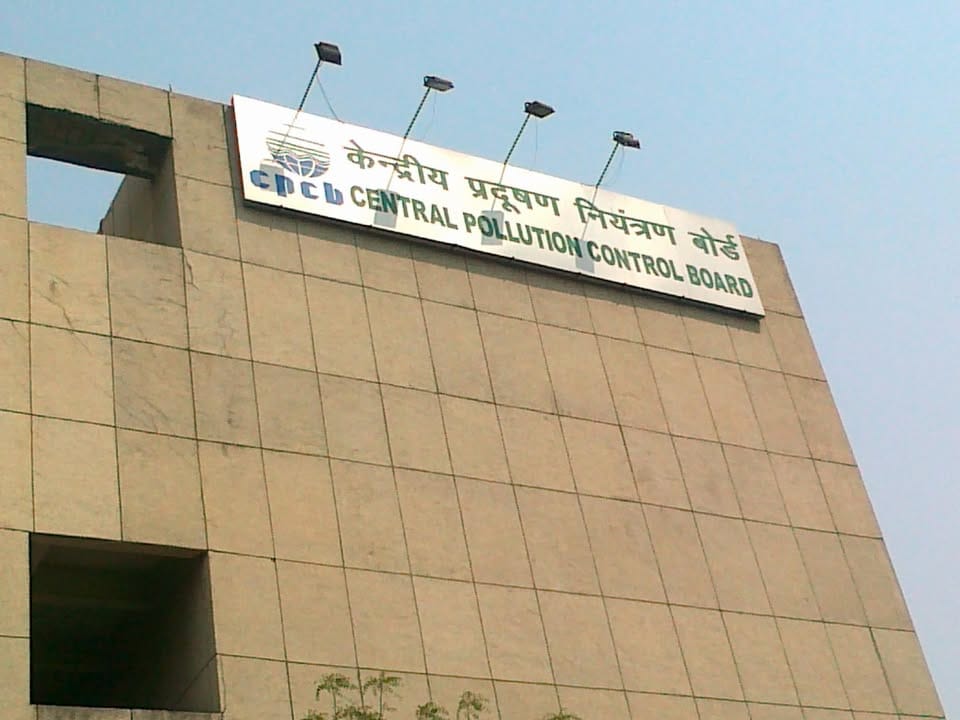
The morning after Diwali saw Delhi and its surrounding areas engulfed in a dense layer of smog, with air quality plunging into the “very poor” and “hazardous” categories. Despite partial bans on firecrackers, widespread bursting across the capital contributed to a sharp rise in pollution, compounded by falling temperatures, stagnant winds, and pre-existing high pollutant levels. (Image: Facebook)
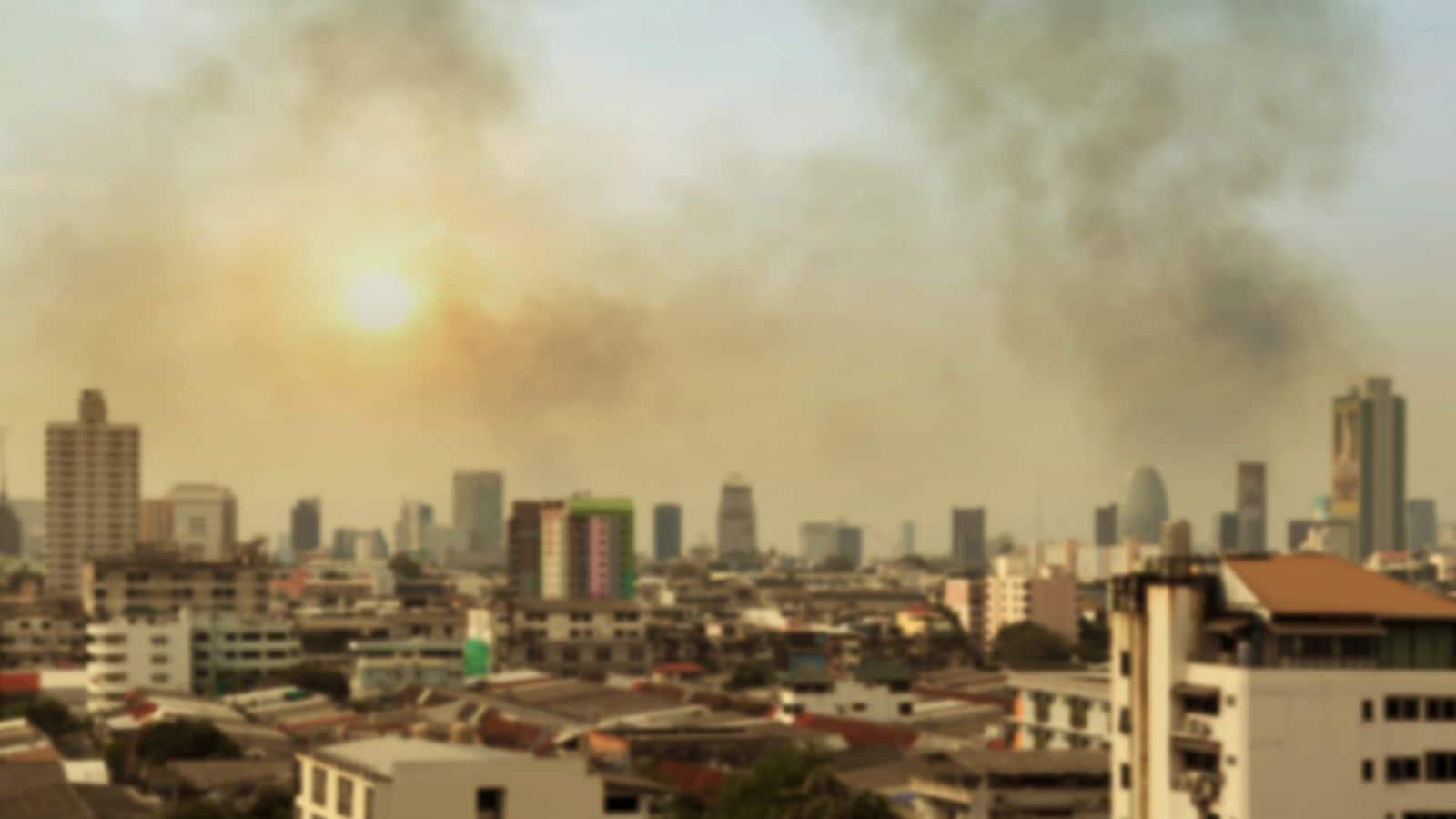
According to the Central Pollution Control Board (CPCB), Delhi’s average Air Quality Index (AQI) was recorded at 346 around 5:30 AM—firmly in the “very poor” bracket. However, several hotspots, including Wazirpur, Ashok Vihar, and Anand Vihar, crossed the “severe” threshold of 400. Here’s a breakdown of the top 10 most-polluted areas in Delhi on Tuesday morning, ranked by AQI levels. (Image: Canva)
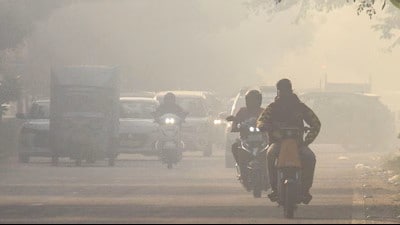
Bawana recorded an AQI of 427, placing it in the Severe category. (Image: File Pic)
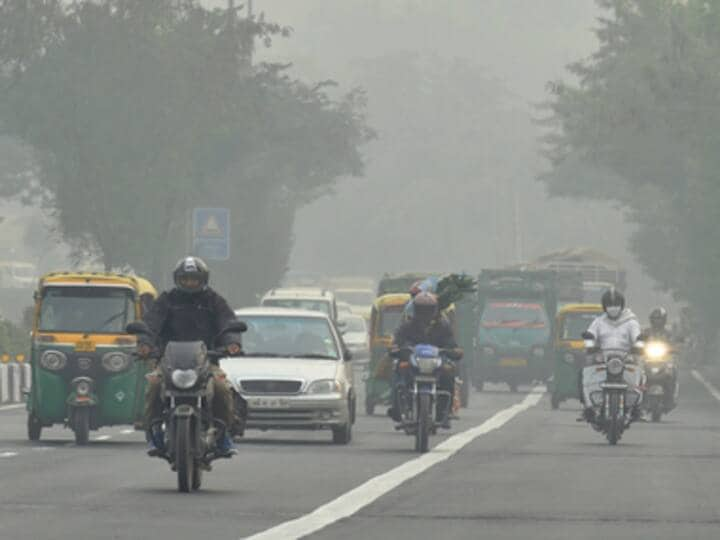
Wazirpur registered an AQI of 408, indicating Severe pollution levels. (Image: File Pic)
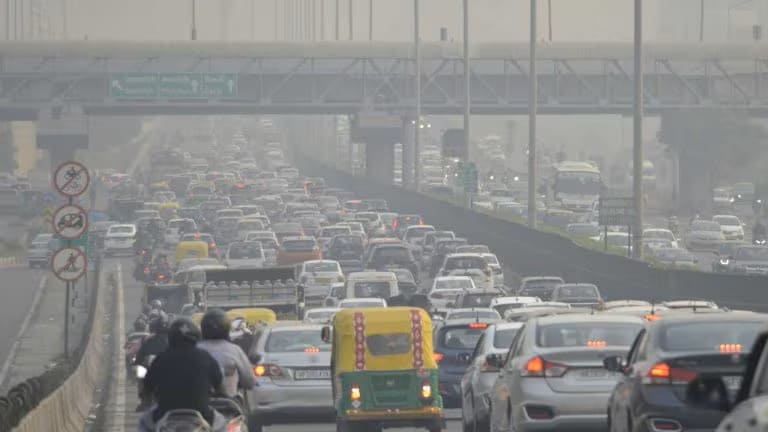
Alipur matched Wazirpur with an AQI of 408, also in the Severe range. (Image: File Pic)
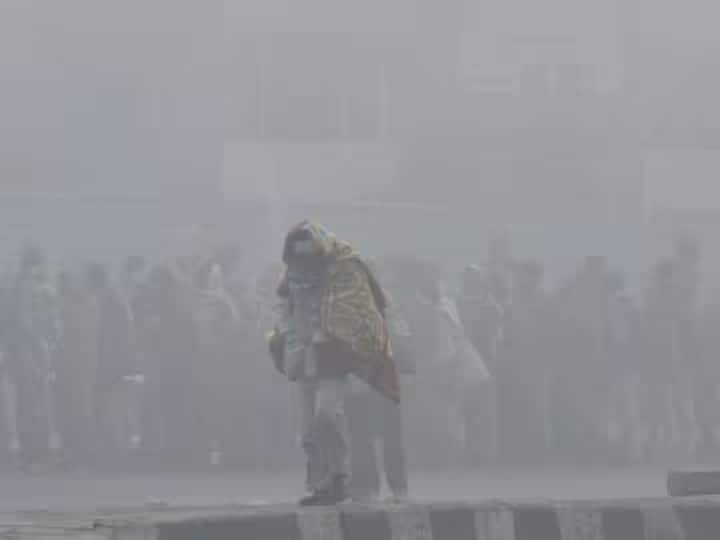
Jahangirpuri saw an AQI of 407, classified as Severe. (Image: File Pic)
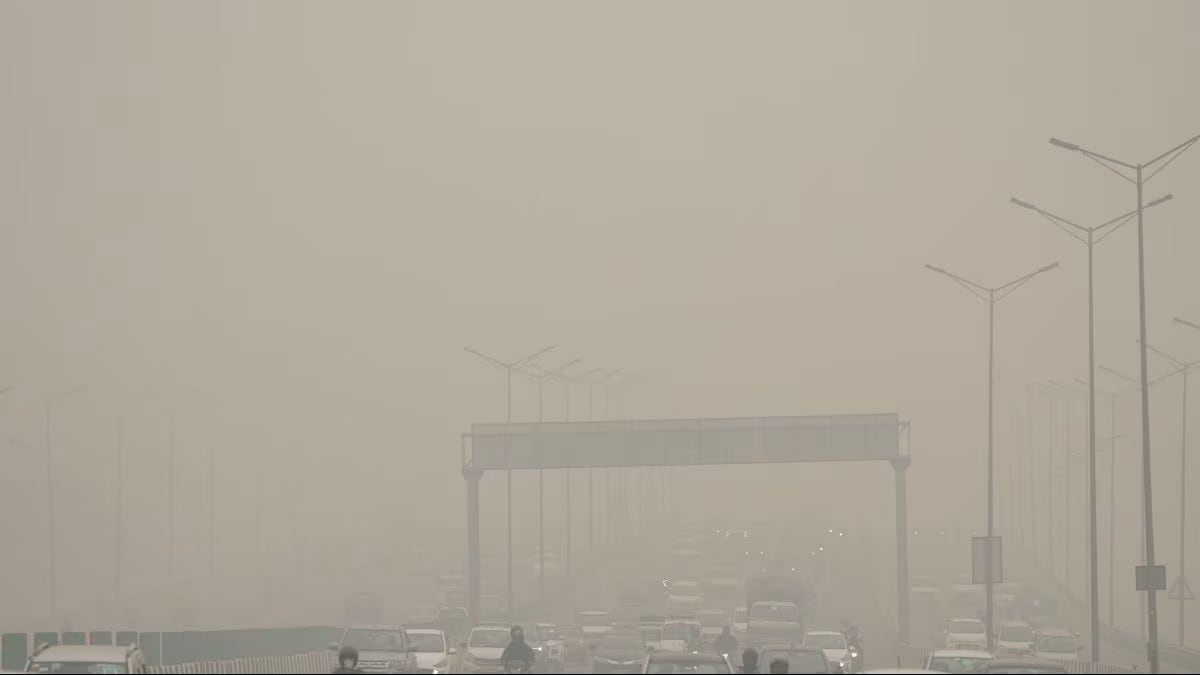
Burari Crossing hit an AQI of 402, falling under the Severe bracket. (Image: File Pic)
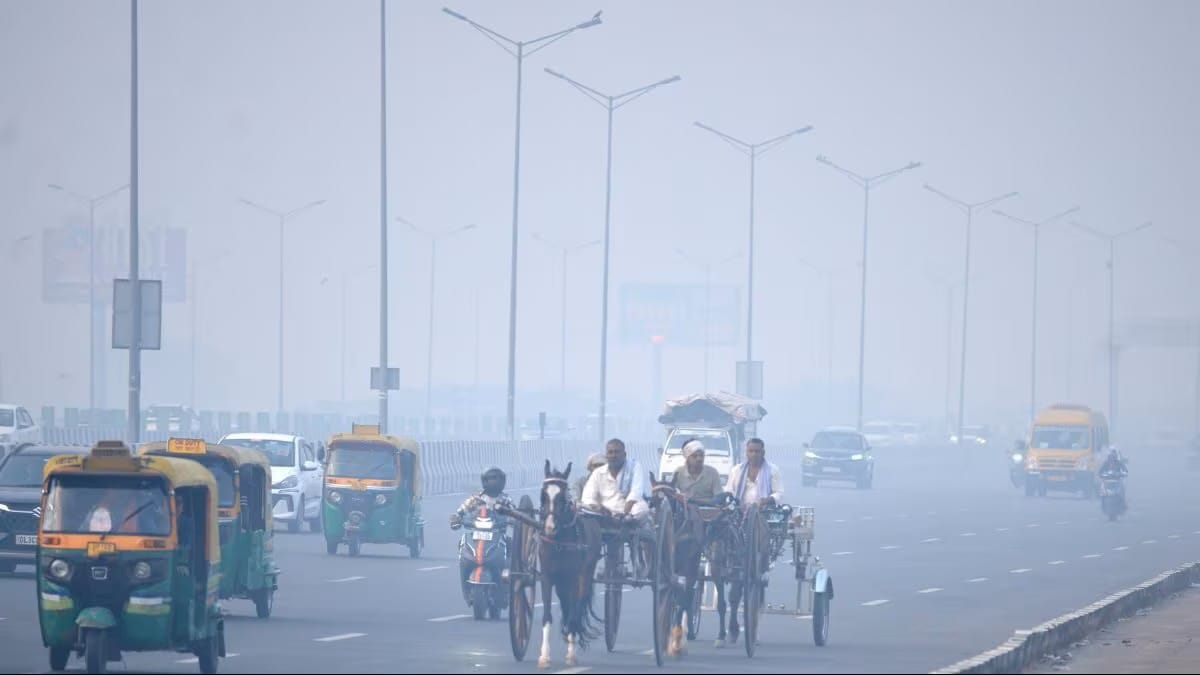
Shadipur recorded an AQI of 399, categorized as Very Poor. (Image: File Pic)
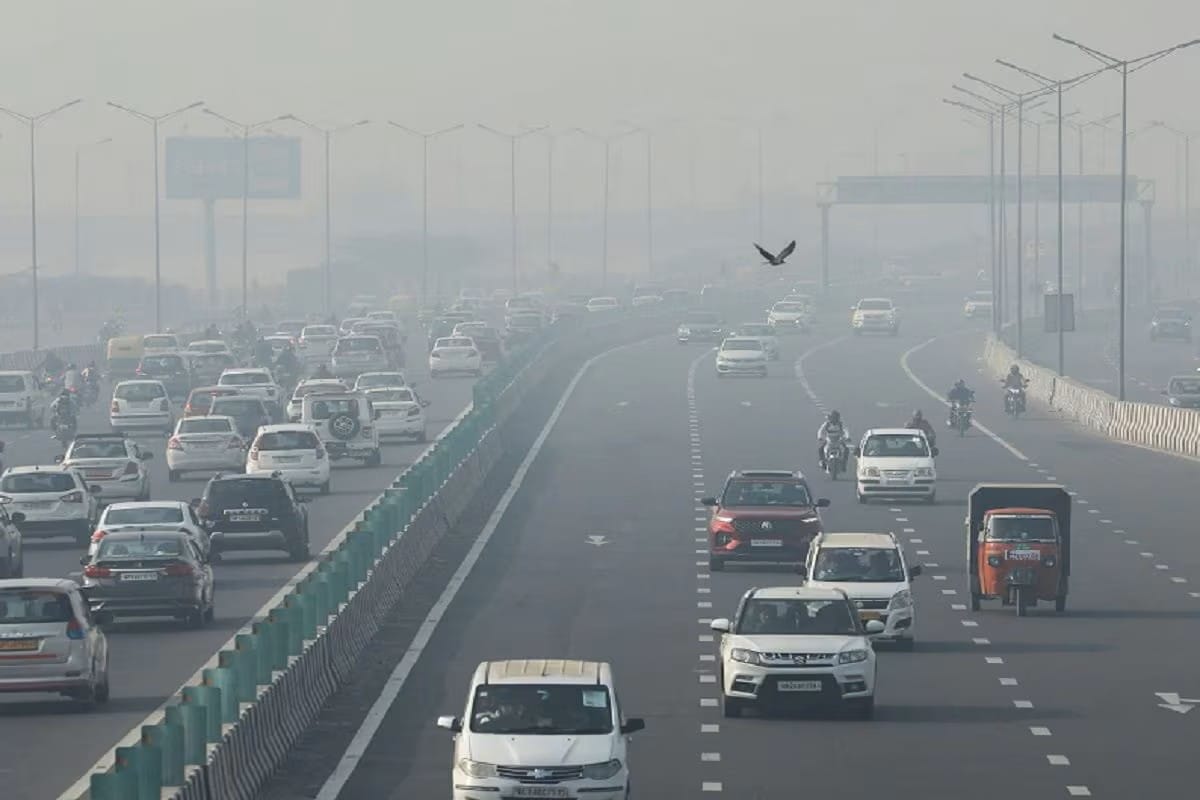
Ashok Vihar reported an AQI of 391, also in the Very Poor range. (Image: File Pic)
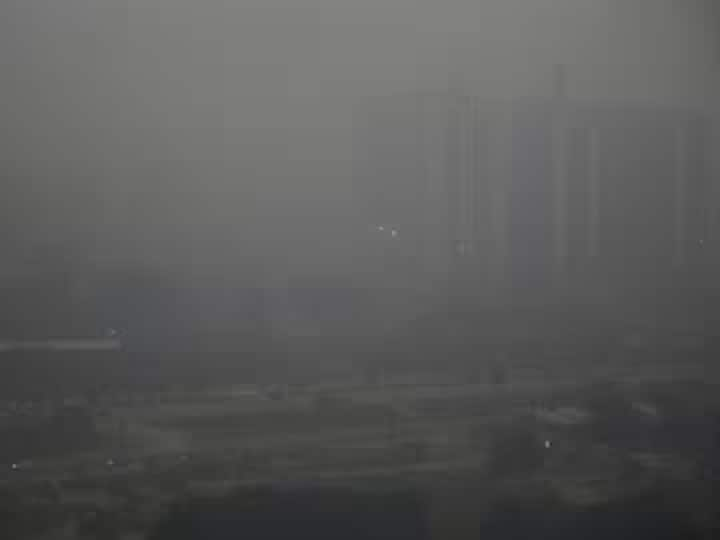
Punjabi Bagh had an AQI of 376, indicating Very Poor air quality. (Image: File Pic)
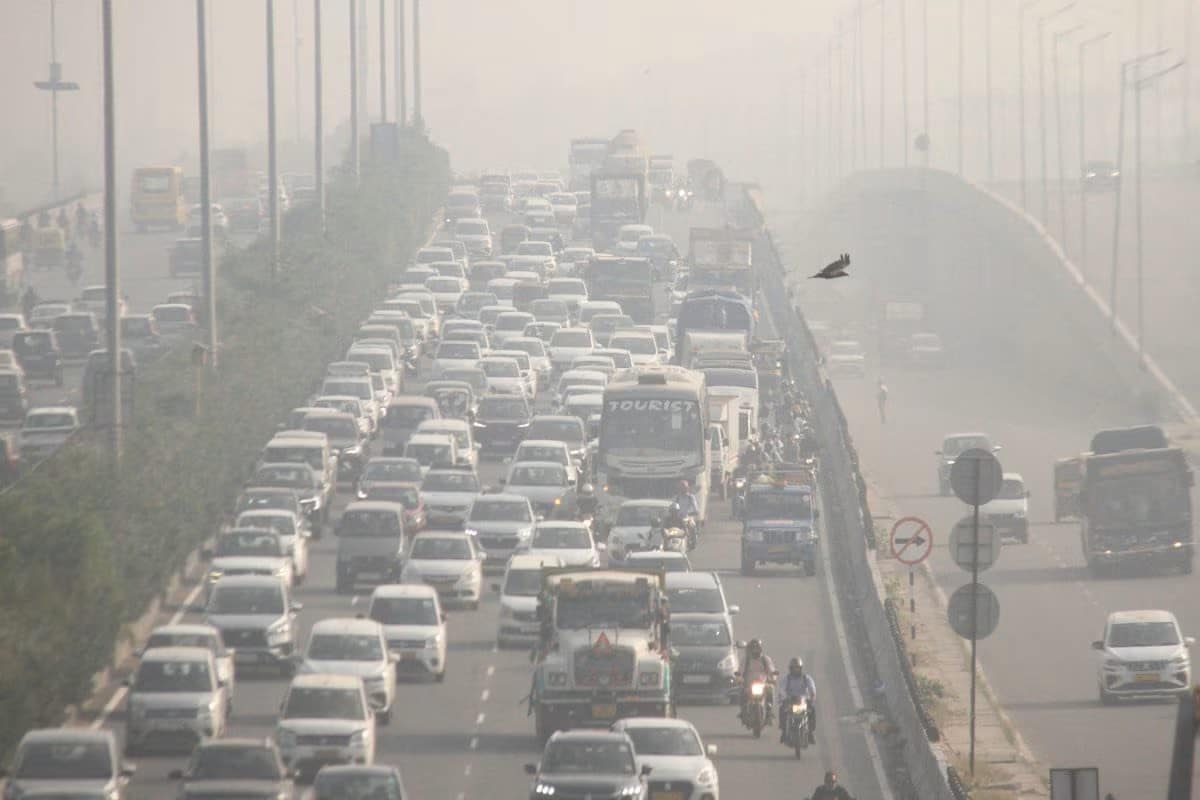
Sonia Vihar registered an AQI of 374, placing it in the Very Poor category. (Image: File Pic)
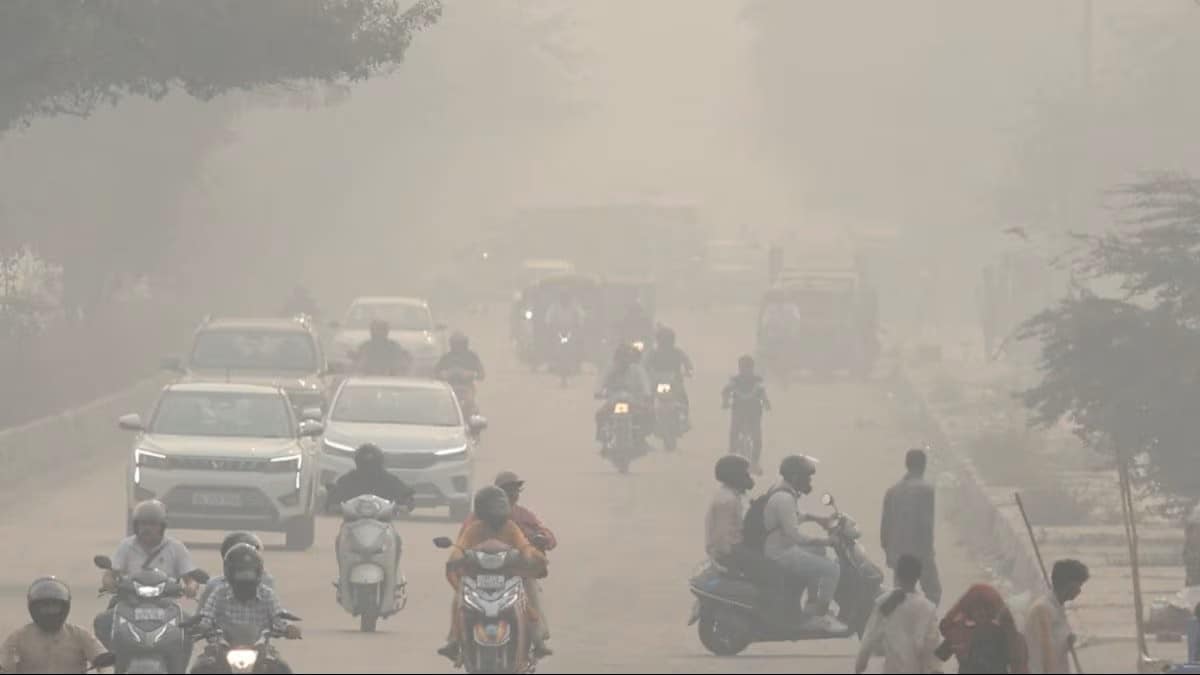
Vivek Vihar matched Sonia Vihar with an AQI of 374, also Very Poor. (Image: File Pic)

 8 hours ago
7
8 hours ago
7

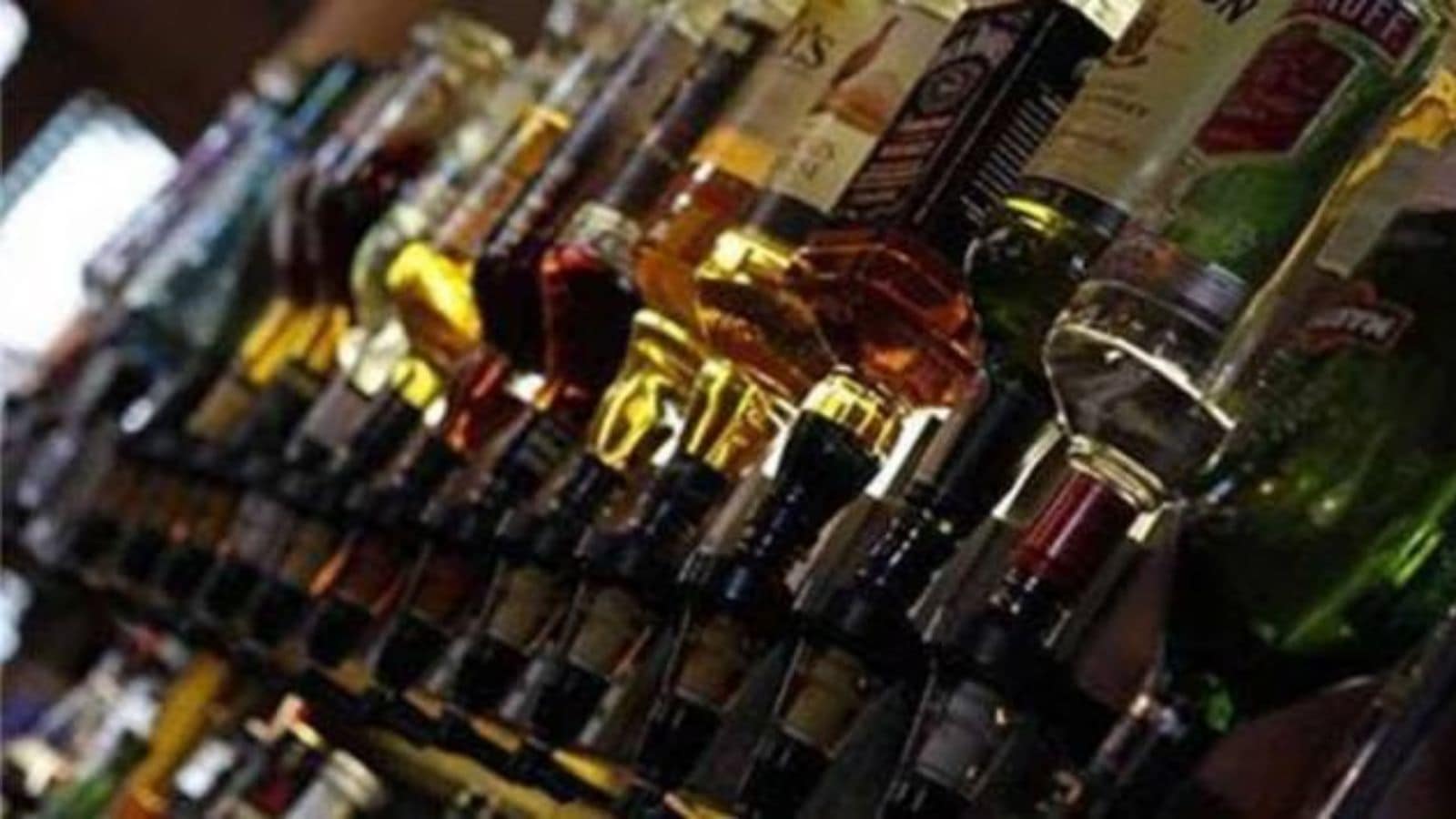






 English (US) ·
English (US) ·